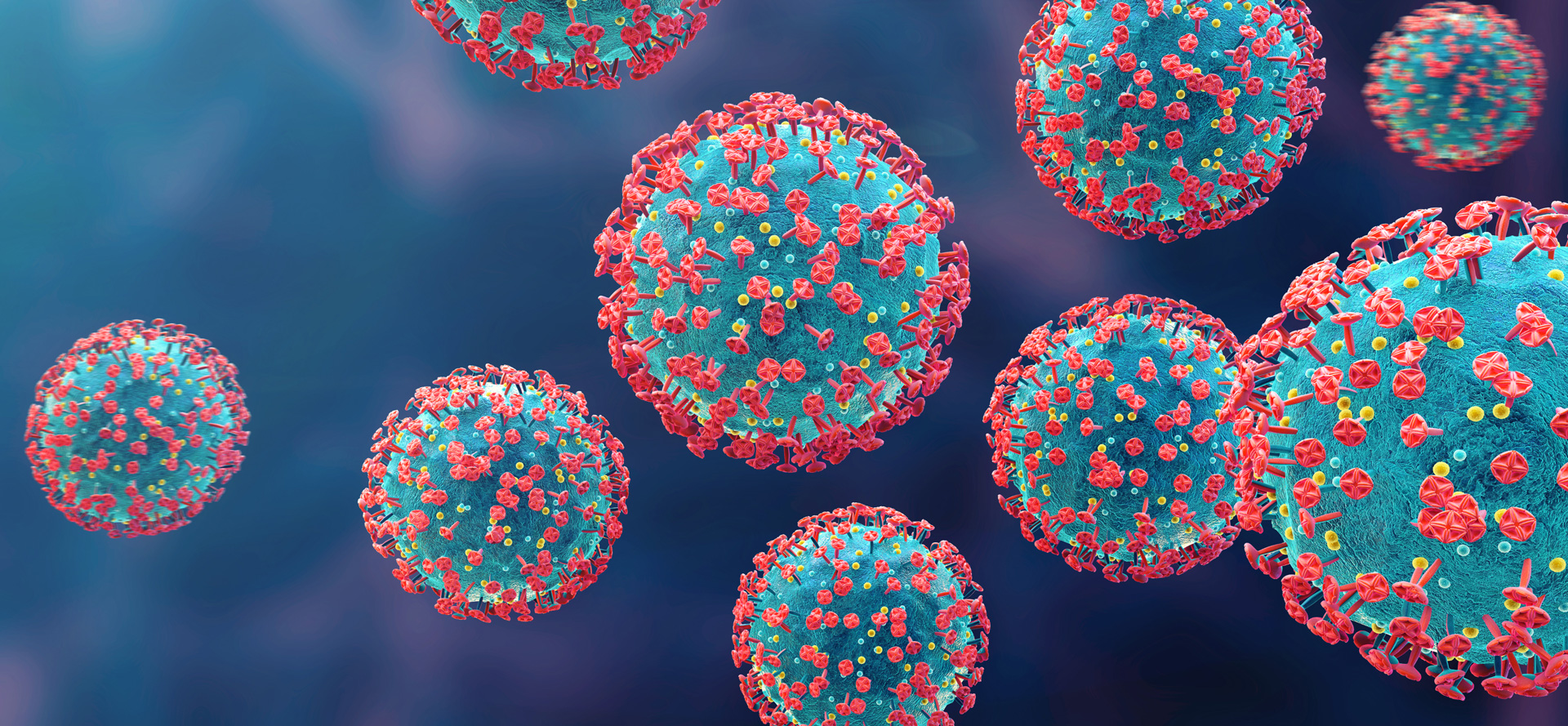Significant diferences in eficiency between two commonly used ionophore solutions for assisted oocyte activation (AOA): a prospective comparison of ionomycin and A23187
Researchers from Eugin Group Investigate New Strategies to Enhance IVF Success Rates
Authors: A. Quintana‑Vehí, M. Martínez , M. J. Zamora, A. Rodríguez , R. Vassena, I. Miguel‑Escalada, M. Popovic
A team of scientists has made significant progress in uncovering ways to improve fertilization rates in assisted reproduction, according to a groundbreaking study published today. The research, focused on cases of total fertilization failure (FF) during in vitro fertilization (IVF) cycles, brings hope to couples struggling with infertility caused by severe male factors.
Despite the overall success of intracytoplasmic sperm injection (ICSI) in treating male infertility, a small percentage of patients still experience FF, where fertilization does not occur. In their quest to overcome this challenge, the researchers turned their attention to calcium ionophores, a potential solution to induce oocyte activation and restore fertilization rates.
Conducting a prospective single-center cohort study, the team analyzed 81 in vitro matured metaphase-II oocytes from 66 oocyte donation cycles. The oocytes were artificially activated using two different ionophores: A23187 (GM508 CultActive, Gynemed) in 42 cases and ionomycin in 39 cases. The researchers also included a control group comprising 39 normally fertilized embryos from standard ICSI cycles.
The results were both intriguing and promising. The activation rates were higher in the group treated with ionomycin compared to A23187, with 38.5% and 23.8% respectively. Notably, none of the parthenotes (activated oocytes) from the A23187 group developed into blastocysts, which are crucial early-stage embryos.
Further analysis of the morphokinetic parameters revealed fascinating insights. The group treated with A23187 exhibited significant delays in certain developmental stages, such as the timing of pronuclear formation (tPNa) and subsequent cell divisions (tPNf). In contrast, the morphokinetic development of ionomycin-activated parthenotes closely resembled that of the control embryos.
Although the study’s sample size was limited, and the competence of the artificially activated eggs was relatively low, the findings offer a ray of hope for future improvements in cases of FF. The researchers suggest that standardization and optimization of assisted oocyte activation (AOA) protocols could lead to broader use and enhanced outcomes for couples experiencing fertilization challenges.
The research community has welcomed these findings as a step forward in the field of assisted reproduction. Further studies and collaboration among experts are anticipated to explore the full potential of AOA protocols and unlock new strategies for improving IVF success rates.
Couples facing infertility challenges due to severe male factors can find solace in this groundbreaking research, as it offers promising prospects for overcoming fertilization obstacles. As scientists continue their quest for advancements in assisted reproduction, the dream of starting a family becomes more attainable for those who have endured the frustrations of previous failed attempts.
Latest publications and papers
Fertilization failure (FF) and zygotic arrest after ICSI have a huge effect on both patients and clinicians, but both problems are usually unexpected and cannot be properly diagnosed. Fortunately, in […]
Vitrification is the most efficient approach for oocyte cryopreservation. It is commonly applied in oocyte donation programs and considered safe. However, the effect of long-term storage of oocytes on laboratory […]
Latest paper led by Juanjo Fraire-Zamora on the recently discovered role of AMH in follicular atresia in mouse. In collaboration with #ESHREjc (@ESHRE), Evelyn Telfer (University of Edinburgh), Suzannah Williams […]
